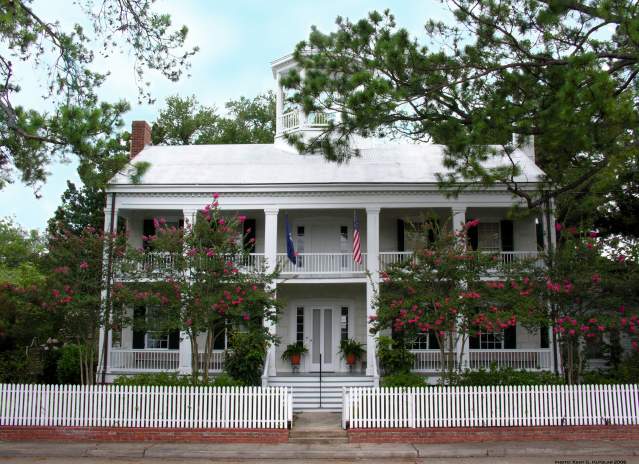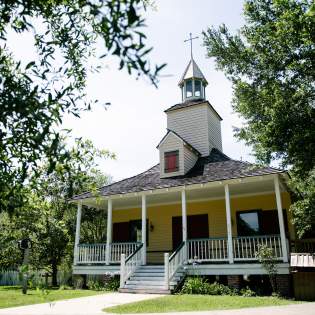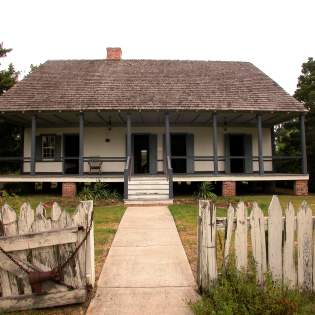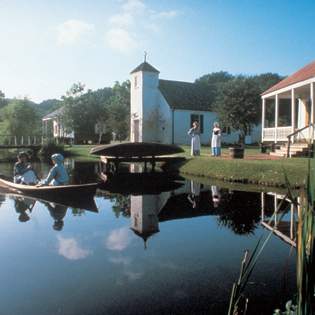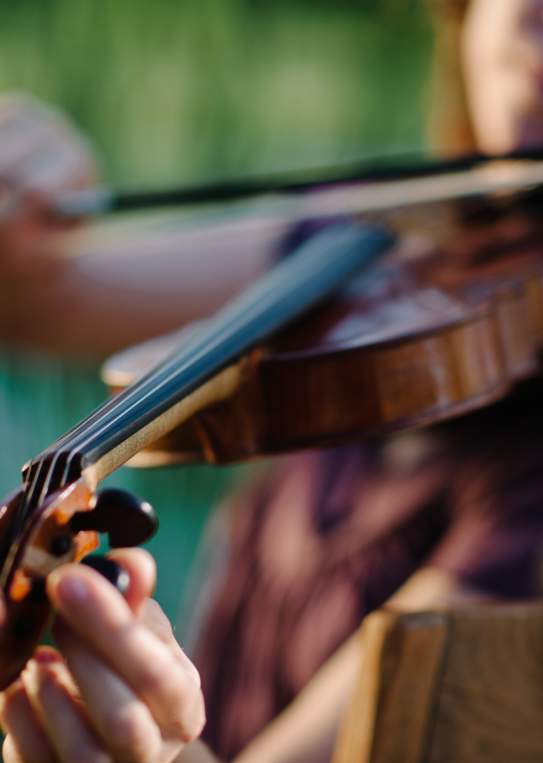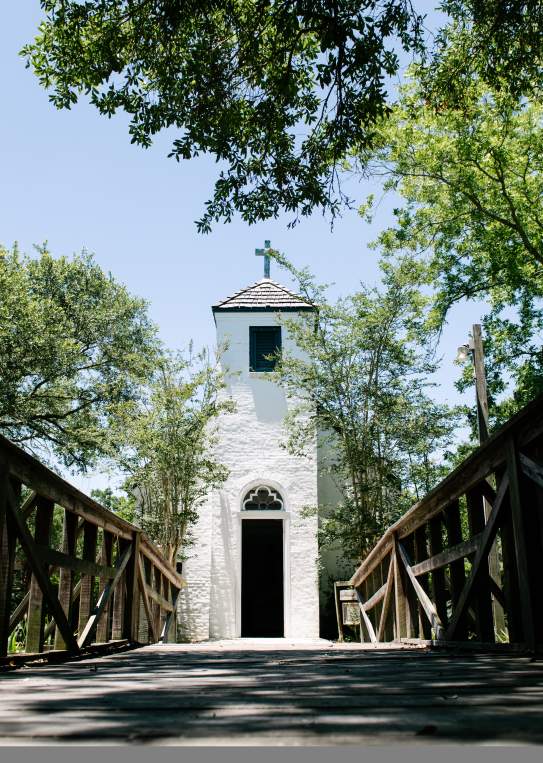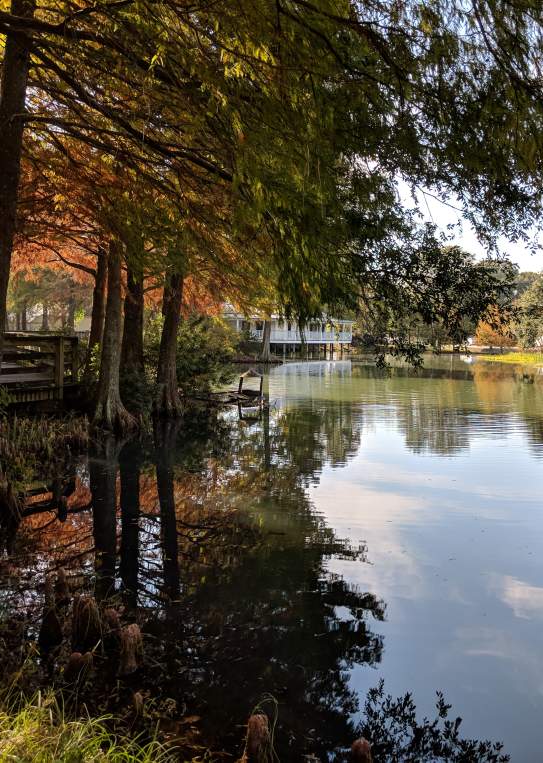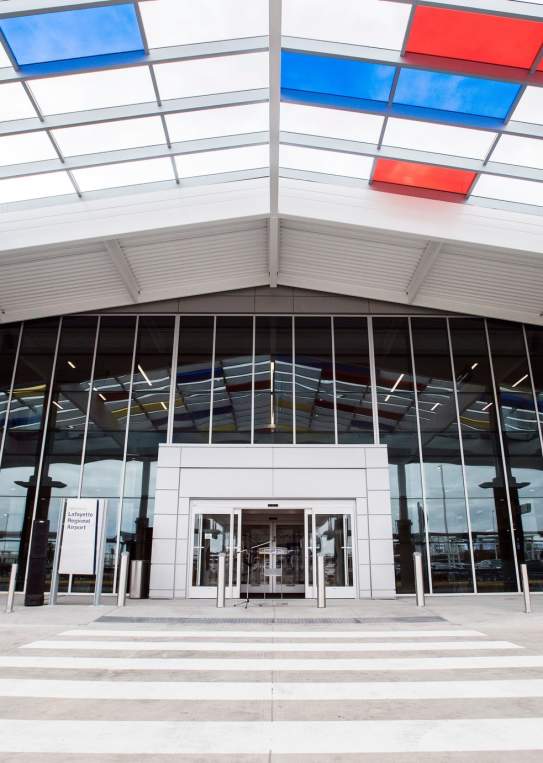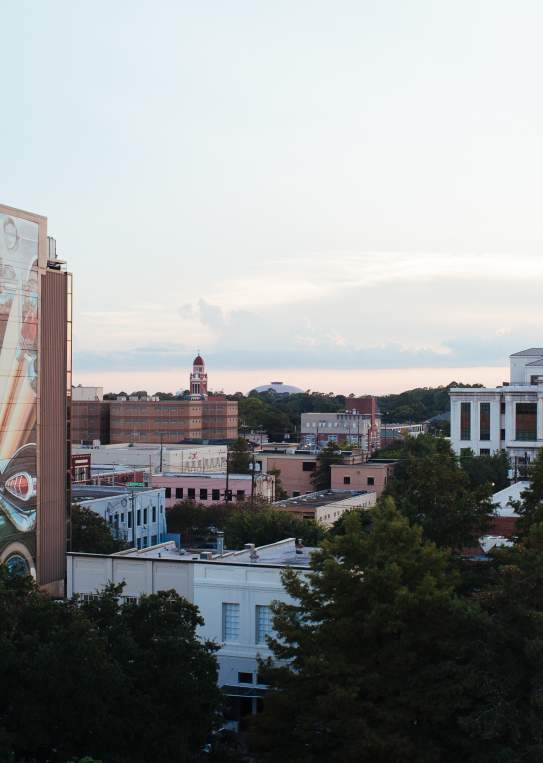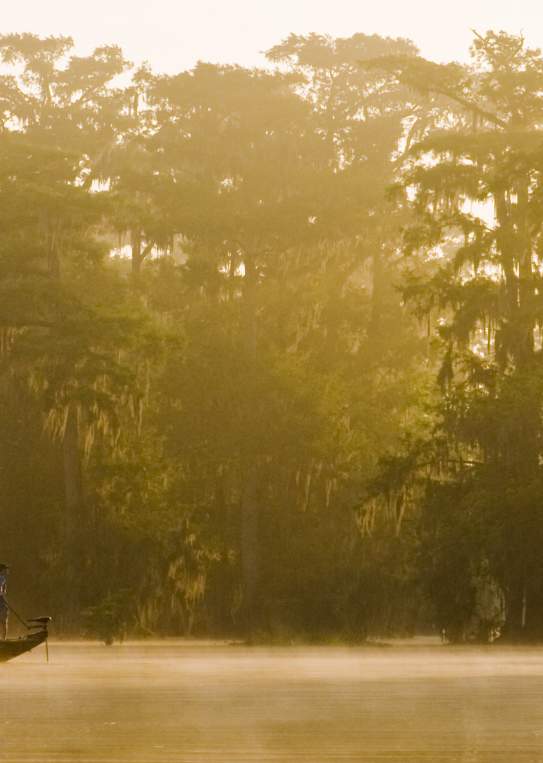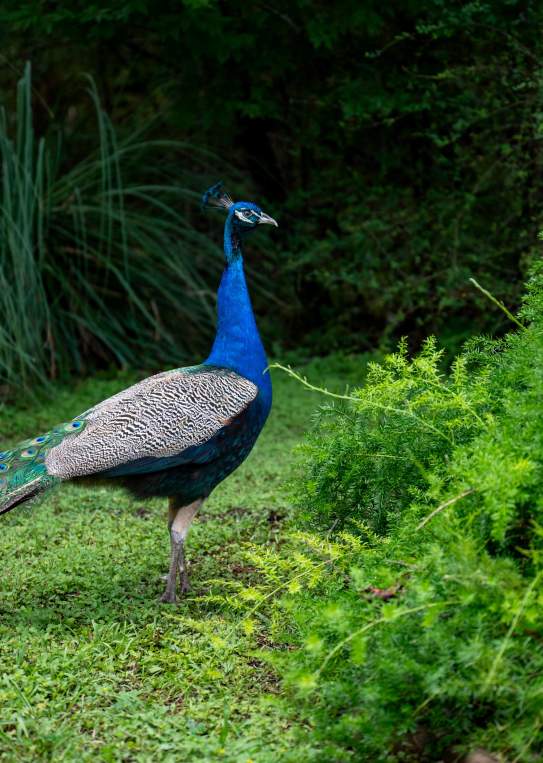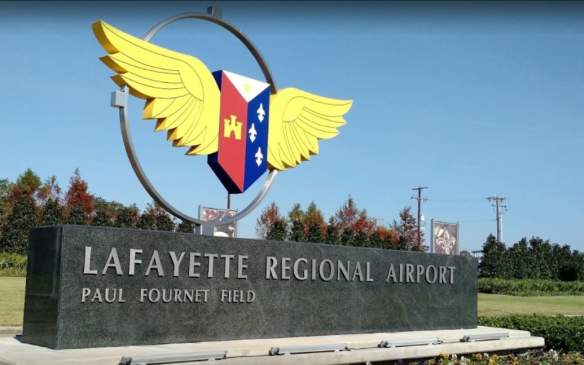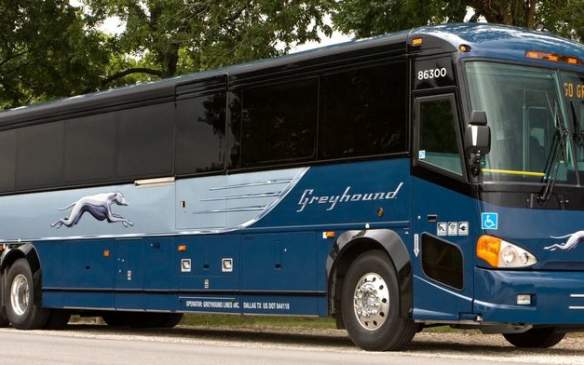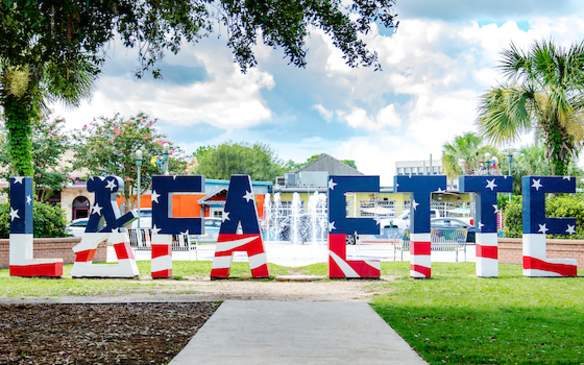Your browser is not supported for this experience.
We recommend using Chrome, Firefox, Edge, or Safari.
History
Explore the rich history of Lafayette Parish, where indigenous Atakapa-Ishak, Choctaw, Chitimacha, and Opelousa cultures once thrived. Early settlers from France, Spain, and Acadia established vibrant communities along the Vermilion River and its bayous. Jean Mouton and surveyor John Dinsmore, Jr. designed St. Jean du Vermilionville in the 1820s, evolving into Vermilionville. Later, in 1823, Lafayette Parish was carved from St. Martin Parish, named after Marquis de Lafayette, a revolutionary hero. The town evolved into Lafayette and became the central hub of Acadiana, blossoming with a railroad stop, a dynamic population, and a bustling business district. To explore more of Lafayette, LA’s history, see below.
Inspiration Journal
Lafayette's blog showcasing the food, music, culture and history at the heart of Cajun & Creole Country.
See All PostsAcadian Kitchens: Home of Ragin' Cajun and Cajun's Choice
Cajun food is a rustic combination of rich flavors and spices. These spices are the cornerstone of one of America's most unique regional cuisines. Acadian Kitchens brings…
Lafayette Weekly
An all-star cast from the Lafayette music community will gather this Sunday afternoon to raise funds to help one of their own. Keith Blair's Recovery Benefit will feature…
Downtown Rising 2024
Downtown Rising is gearing up for its September concert featuring Marc Broussard. Both Downtown Rising and Marc are celebrating milestone anniversaries. Downtown Rising…
July Events Spotlight
If you're looking to spend some time in the Hub City and want to know what events are happening in July, you're in the right place. We'll give you a monthly rundown…
Getting to Lafayette
The city of Lafayette, LA is located in the center of Lafayette Parish at the intersection of I-10 and I-49 between New Orleans and Houston and only 35 miles north of the Gulf of Mexico.
